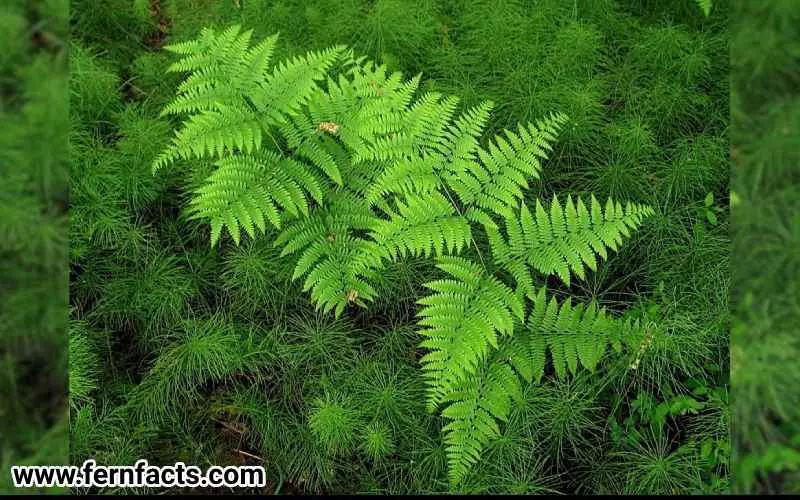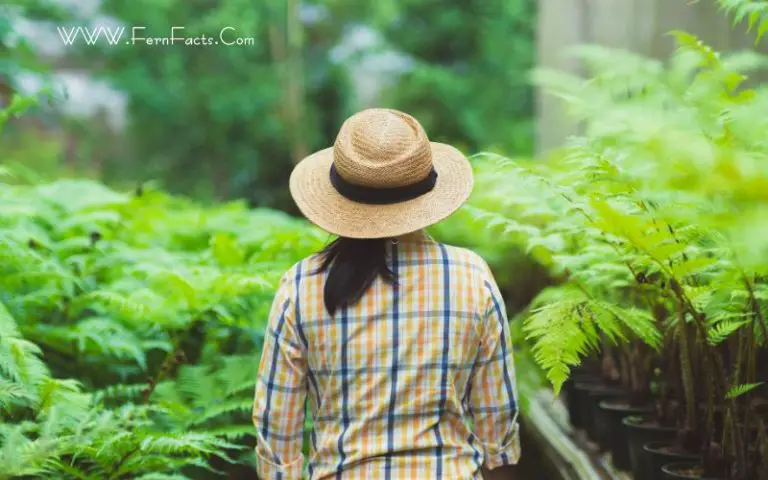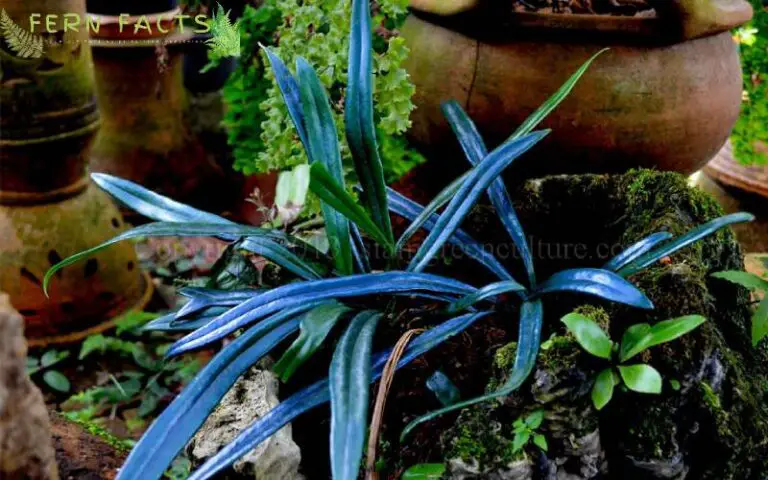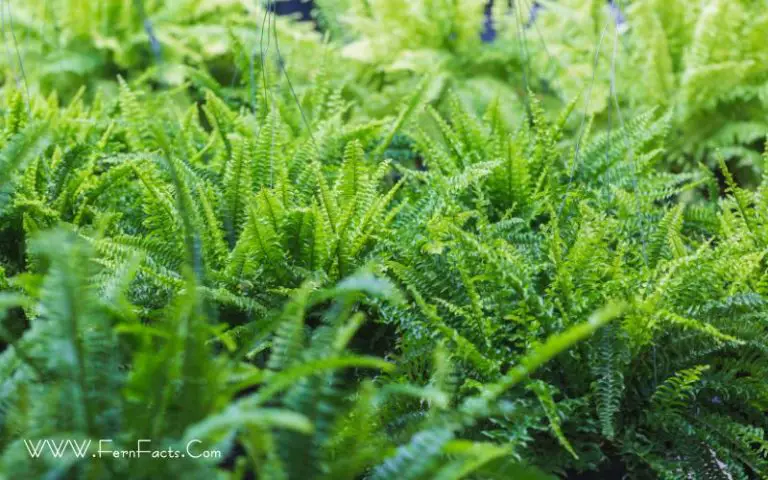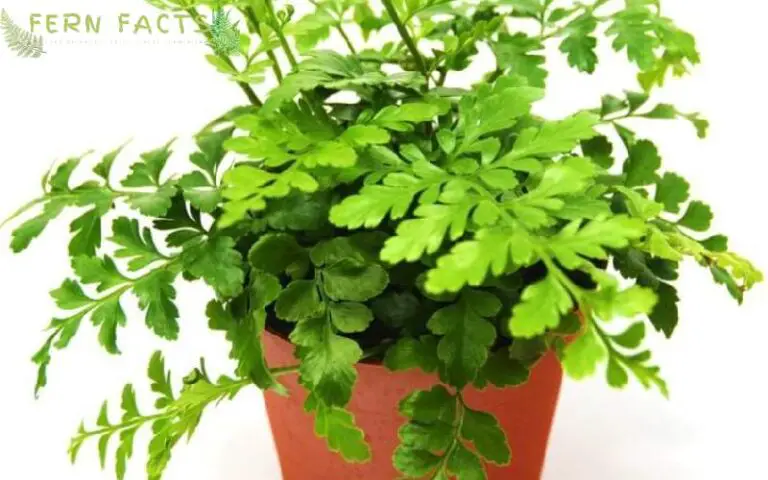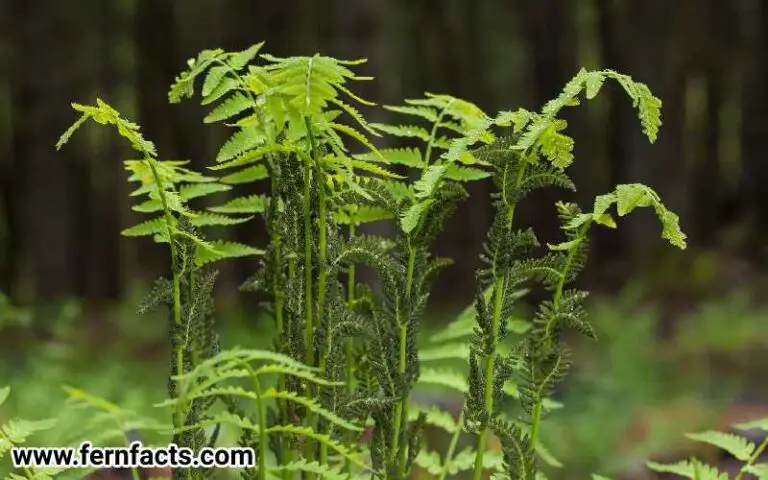Bracken Fern Information: Care of Bracken Fern Plants
If you are someone who is a workaholic and wants to have your own garden then bracken ferns would be the best choice for you to plant.
Because bracken ferns are one of the easiest deciduous plants to grow they are super reliable. These are also pest and disease-free ferns that can tolerate drought conditions.
So if you are interested in growing these ferns, stay attached to this article. Here, I’ll talk about bracken ferns, all characteristics and growing requirements along with the propagation process.
By understanding all these things, I hope you can easily grow these ferns in your home garden.
Overview of Bracken Ferns
- Botanical name: Pteridium aquilinum
- Plants: Deciduous plants
- Region: Eurasia, North America
- Habitats: coniferous woodlands
- Shade requirements: partial to full sun
- Height: around 1 meter
- Soil pH: acid, neutral, alkaline, moist & well-drained
- Soil type: sand, clay and loam
- Tolerance: drought
Bracken ferns are deciduous plants that are very easy to grow and plant. These are most native to Europe, Asia, and North America best for ground cover.
These ferns are also known for their invasive nature which sometimes gives hard times to people. Still, they are famous ferns that grow in various lands, gardens, yards, and ground covers because of their easily spreading nature.
Similarly, they are also well-suited for cottage gardens, rock gardens, and woodland gardens. However, they are also pests and disease-free plants which is a plus point for every plant lover.
Nonetheless, these ferns are very toxic to horses as well as other animals. Even these ferns can cause stomach cancer in humans or any other living things in the world.
Therefore, you need to ensure that no one assumes their fronds as food. In many ancient Japanese and Korean countries, native people used to eat these fern shoots for health benefits as well.
They usually soaked these ferns overnight to leave all the toxic elements from it. Anyway, it is still not recommended by many countries due to its negative side.
Growing Requirements of Bracken Ferns
Let’s look for these bracken fern’s primary growing requirements so that you can plant these ferns at your house.
Light
Bracken ferns enjoy bright places under dappled or indirect sunlight. That’s why you need to place your ferns in places where they can get indirect sunlight to thrive.
However, they can tolerate full sunlight. Still, too many rays of the sun may scorch their fronds or burn out their leaves to some extent. Thus, provide them a partial shade to full sunlight.
You can place your ferns beside the window, or balcony where they can get indirect sunlight and brightness. Similarly you can also place them outdoors as they can tolerate full sunlight conditions.
Water
Since they can tolerate full sunlight, therefore watering is the key technique that helps these ferns to keep hydrated and moist.
Therefore, you have to give the appropriate amount of water to your plants to make them thrive. Try to keep their soil moist as they prefer moisture and dampness in their soil.
Moreover, they cannot tolerate standing water or waterlogged soil. Hence, try to check before you are about to pour water. As they can tolerate drought situations, if you forget to water your bracken ferns, they can still survive.
Soil
Bracken ferns prefer rich organic soil matter. Thus, you can mix their soil with equal amounts or the same ratio of sand, loam, clay, peat moss, perlite, and vermiculite.
Try to make the soil slightly acidic as well around 5.0 to 5.5 pH level. All these mixtures will provide a good potting soil composition to your ferns that will help them to thrive.
Fertilizer
For feeding purposes, you can give a good general all-purpose fertilizer to your bracken ferns. During spring seasons, simply dilute the mixture with water and pour the mixture on the soil surface.
This will help your ferns to have robust growth. Alternatively, you can also make your own organic fertilizer and feed your ferns every month depending on the seasons and climate.
Temperature and Humidity
These bracken ferns love to stay in between 0°C to 32°C. Since their native habitats are mostly cold to moderate temperatures; therefore they enjoy a cooler environment around themselves.
Since they are quite drought-tolerant plants, hence their average humidity requirements are between 15 to 55%. On average humidity level, they can grow best since they don’t prefer much humidity level.
In winter, you can put mulch on the top of their soil to hold the moisture and prevent drought conditions.
Bracken Fern’s Pruning and Grooming
Since these bracken ferns are deciduous plants, they will automatically lose their fronds during winter seasons. That’s why you can wait for their growing seasons to come.
Before their growing seasons, you can cut off or remove any dead, damaged, and unhealthy fronds to keep them clean.
But make sure before using those tools, you sterilize them first so that you don’t add any external diseases to your plants.
Propagation Process of Bracken Fern
As these bracken ferns go dormant during the winter seasons, hereby you can choose that time to do your division process to propagate your ferns.
First, you need to carefully take the plant out from the pot or from the lanyard. Slightly pour water to make the soil wet so it will be easy for you to divide.
Then, dust off the outer parts of the soil and gently hold the plant’s root ball. Afterward, separate the main roots into two sections and make sure each part has the same sort of roots.
Later on, mix their soil with sand, loam, peat moss, perlite, and vermiculite in equal amounts and plant the individual sections into different pots or containers.
After successfully completing the propagation, water your plants thoroughly so that they can get enough hydration and moisture.
Closing Part
In a nutshell, bracken fern is one of the easiest deciduous plants to grow in anyone’s home garden. Since they are drought tolerant, therefore it’ll be more convenient for workaholic gardeners to plant these ferns without any hesitation.
However, it’s quite an argumentative topic as these ferns are identified as toxic to some animals like horses. On the other side, some native Japanese and Korean people used these as medicine. Still, it’s not recommended to be cautious if you have pets in your home.
However, by giving them their ideal growing conditions, you can fulfill your garden’s open spaces by planting these ferns as garden coverers.

